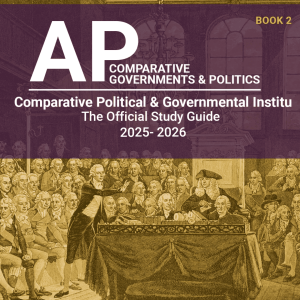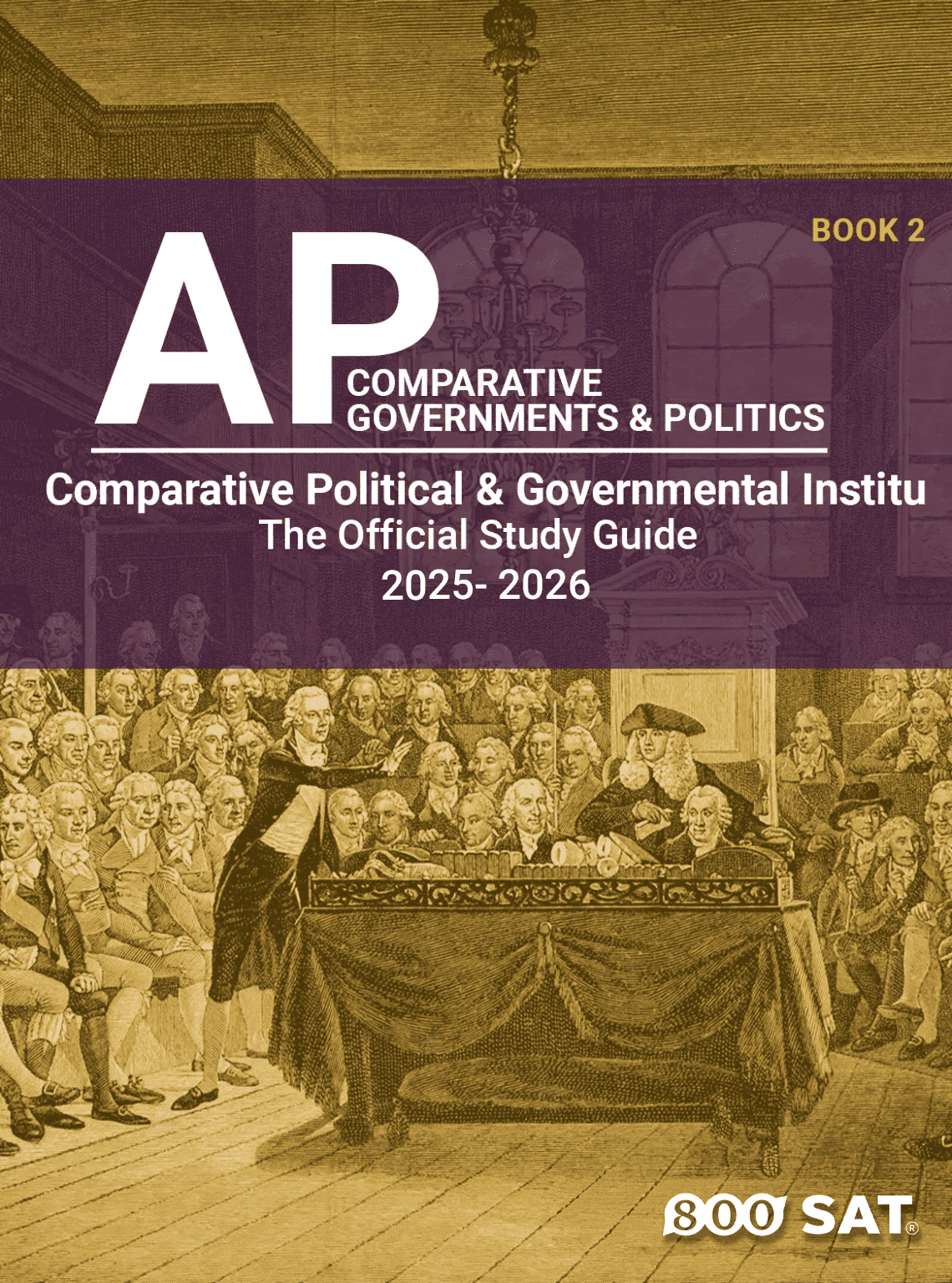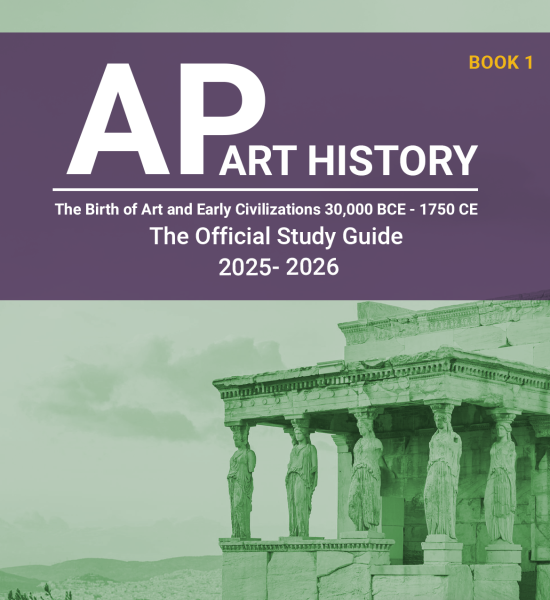AP Comparative Governments & Politics Book 2: Comparative Political & Governmental Institutions

AP Comparative Governments & Politics Book 2: Comparative Political & Governmental Institutions helps students understand how different governments work. It focuses on the main parts of government, like legislatures, executives, courts, and bureaucracies. The book looks at these institutions in democracies, authoritarian regimes, and other systems.
The book starts by explaining the basics of political institutions. It shows how these institutions shape laws and keep countries stable. Each chapter compares how different countries set up their governments. For example, students will learn about different types of legislatures, like those with one or two houses, and how these affect law-making and representation.
One of the book’s strengths is its use of comparisons. It lets students see how political systems are similar or different around the world. The book uses examples from countries like the United States, United Kingdom, Russia, China, Nigeria, and Mexico. These case studies show how history, culture, and economics shape governments. This helps students understand how different countries handle common challenges like governing, accountability, and protecting rights.
The book also covers how leaders use power, how courts enforce laws, and how bureaucracies carry out policies. It discusses the importance of checks and balances in democracies and what happens when they are missing in authoritarian regimes. The book encourages students to think critically about how well different political systems work.
AP Comparative Governments & Politics Book 2 is an essential resource for students. It gives a clear and simple view of political and governmental institutions. The book prepares students for the AP exam and provides them with the knowledge to compare political systems in the future.
Course Features
- Lectures 22
- Quizzes 6
- Duration 52 weeks
- Skill level All levels
- Language English
- Students 234
- Assessments Yes
- 6 Sections
- 22 Lessons
- 52 Weeks
- Advanced Democracy: Great Britain5
- Flawed Democracy: Mexico5
- Post-Communist Regimes: Russia5
- Communist Regimes: The People's Republic of China4
- Religious or Theocratic Regimes: Iran5
- Military and Authoritarian Regimes: Nigeria4









